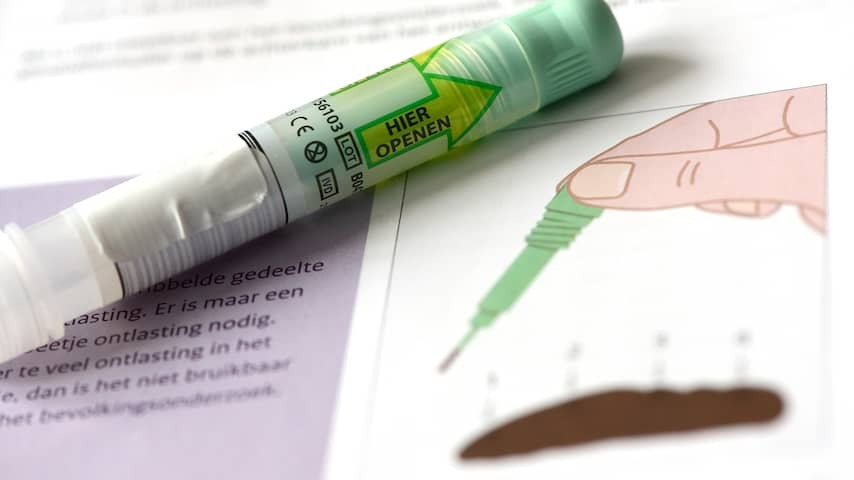
The screenings for breast, bowel, and cervical cancer appear to be very effective. As a result, the disease is increasingly being discovered at an early stage. This is what you can expect from such a screening.
There are three types of population screenings: for breast cancer, cervical cancer, and bowel cancer. Participation is voluntary and free, says Agnes Bouwman, marketing and communication manager at Bevolkingsonderzoek Nederland.
Population screenings can help detect these diseases at an early stage. The Comprehensive Cancer Center reports that the number of new cases of bowel cancer has declined sharply since 2015. This is because early-stage cancer can often be detected before it develops into cancer. Yet only 70 percent of people who are eligible respond to the invitation.
Who receives an invitation?
To ease any anxiety, NU.nl investigated what you can expect from the cervical and bowel cancer screenings. For these screenings, you can take a test yourself at home. And for those who fear having to scoop their own poop out of the toilet: that is really not the case.
You don’t have to send in poop
“You will receive a tube in the mail containing a stick. With that stick, you poke your stool four times. That is sufficient. So you don’t have to send in poop,” says Bouwman. Your stool is then examined in the laboratory for blood.
“If blood is found, you will receive a referral in the mail to a hospital or treatment center in the area. There, your intestines will be further examined.”
Also in the case of cervical cancer, many women experience a barrier to getting screened. Women who want to avoid the speculum have been able to choose between a self-test and a smear since 2023.
The advantage of the self-test is that you can do it at home – in a safe and comfortable environment – whenever it suits you. “The self-sampling test consists of a tube containing a stick. You insert that stick into your vagina to collect some vaginal material,” says Bouwman.
It is not mandatory
This tube is then also forwarded to a laboratory and examined for the HPV virus. If the virus is detected, you still have to go to the family doctor.
Participation is not mandatory, but is recommended by, among others, the Dutch Cancer Society (KWF). For example, the bowel cancer screening can eventually help prevent 2,400 of the 7,000 deaths from bowel cancer annually.
And in the case of cervical cancer, early detection means that the disease can be treated better or that cancer can be prevented from developing.
If you have not received an invitation, then you cannot participate, says Bouwman. “If you have complaints or symptoms or have doubts about them, you should always go to the family doctor. The population screening is not for that. You cannot register yourself to participate. You will be automatically invited if you fall within the age category and it is your turn.”
You don’t want to make people unnecessarily worried
How reliable are these population screenings actually? There must always be a trade-off between detecting cancers and unnecessarily worrying people who then turn out not to be ill, says Patricia Hugen, program manager of population screenings for cancer at the RIVM.
“Unfortunately, you don’t know that in advance. Also, not all cancers are detected, so it may also be that someone is falsely reassured and that cancer turns out to be present some time later. So it always remains a trade-off between the advantages and disadvantages. But in general, you can say that participation is a responsible choice. Otherwise, the population screenings for cancer would not be offered.”